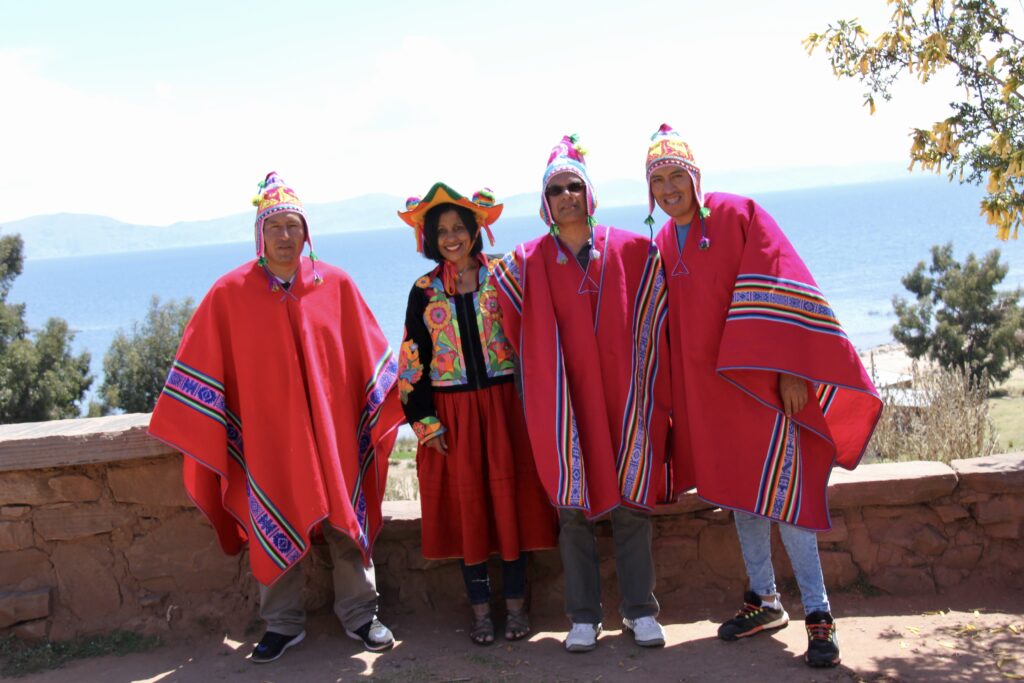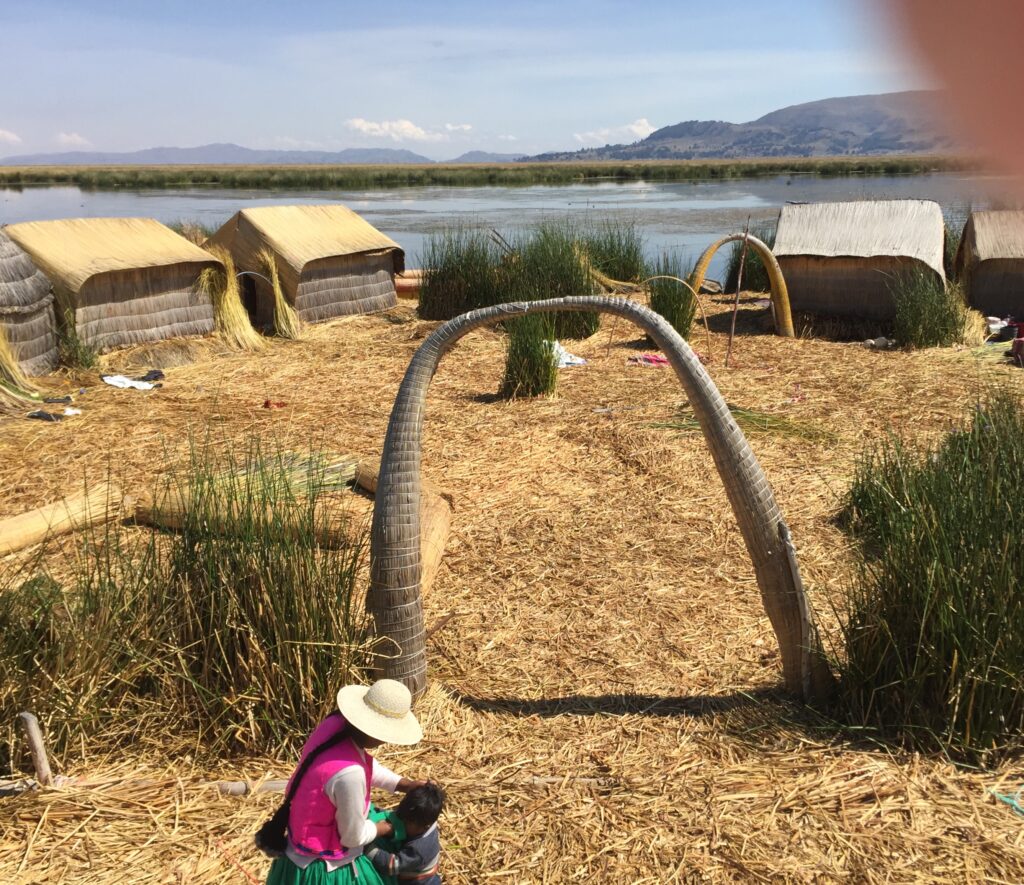Lake Titicaca, located at the border of Peru and Bolivia, is the largest lake in South America and offers breathtaking natural beauty. 56% of the lake is in Peru and 44% in Bolivia.
At Lake Titicaca, we stayed with a local family. This not only gave us an authentic experience, it also connected us with the locals and a glimpse into their day-to-day life. Homestays also provides an important source of income for locals. The house we stayed in was located on the shores of the lake and the room provided had a comfortable bed. There was no TV and we did not have any WIFI connection. We arrived late in the evening, had a quick shower in a bathroom that was shared by 2 other tourists. We had a simple homecooked dinner and went to sleep early as there was really nothing else to do.



The next day, we spent most of the day admiring Lake Titicaca from various viewpoints. The house we stayed in had a lovely view of the lake from its courtyard. I was provided with a traditional Peruvian dress which was colorful and beautiful.

Our host had also made us a welcome flower garland.

We took a hike up to a location from where we had a grand view of the beautiful lake.

Uros Island – Late morning, we went on a boat ride to the floating island of Uros. Centuries ago, the Uros people abandoned their homes on the mainland to establish a way of life on floating islands amid the waters of Lake Titicaca. Today resident families welcome travelers to their floating homes. The Uros Islands are more catered to tourists than other Lake Titicaca islands, but it is worth a visit.


Locals greet you as you take your first steps on the soft and springy island surface. Torta reeds are the main building-block of their homes. During your stay, locals explain the regular upkeep their reed homes require and show you how they weave the reeds together to build their thatched homes, furniture, and canoe-style boats.



